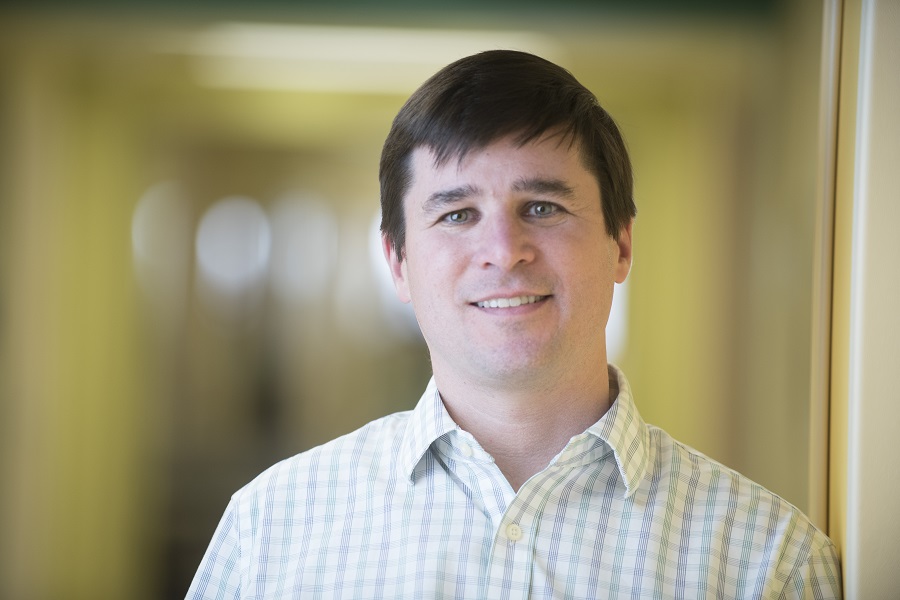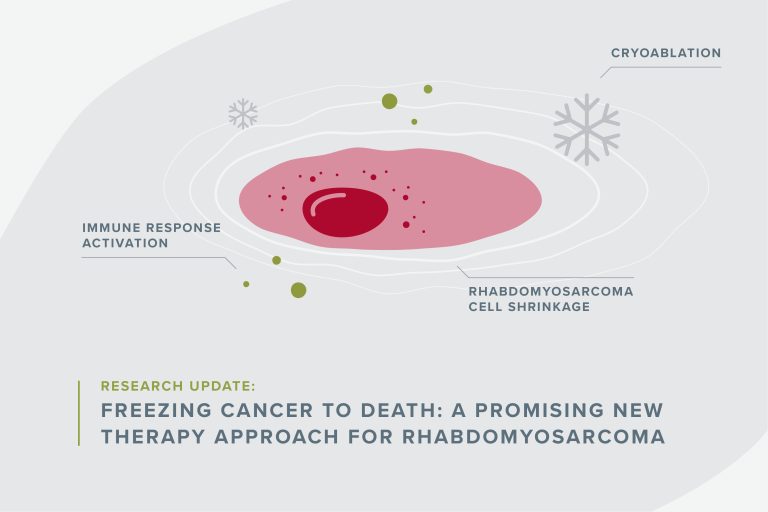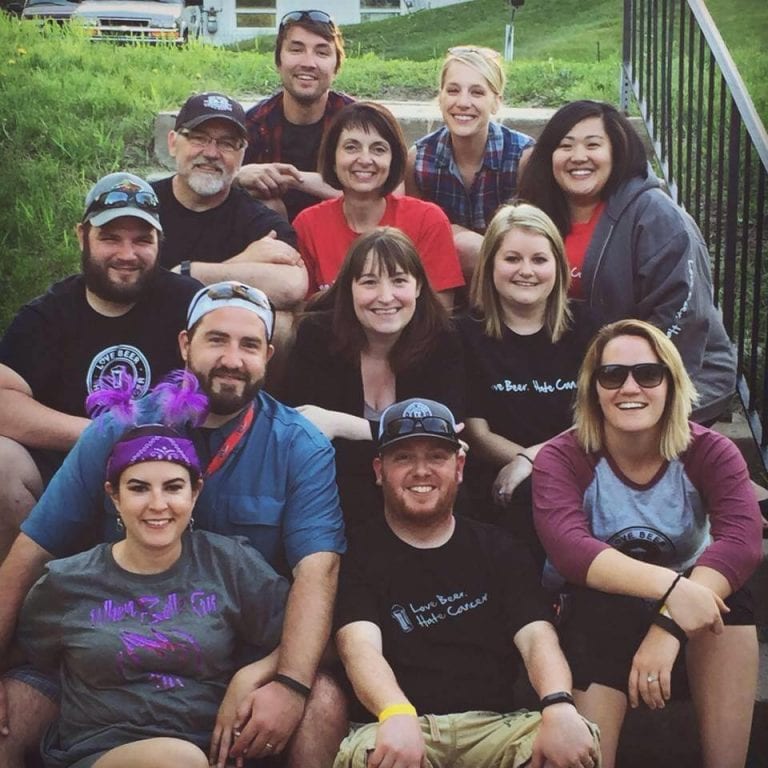Sometimes, leukemia cancer cells are so powerful they can overcome the most potent of chemotherapies.
Because of support in part by Children's Cancer Research Fund's donors, Peter Gordon, MD, PhD, an oncologist and researcher at the University of Minnesota, and his team could explore the reasons this happens, opening potential new avenues for treatment options for acute lymphoblastic leukemia (ALL) and more.
According to Dr. Gordon, billions of leukemia cells die within just a few weeks of a child starting ALL treatment. As a result, most children achieve complete remission after the first month of chemotherapy. Despite initial dramatic positive responses to treatment, however, many children relapse in the long term, and their disease becomes incurable.
"This suggests that relapse results from the rare, residual leukemia cells that survive the first month of chemotherapy and continue to persist despite an additional two to three years of chemotherapy," said Dr. Gordon. These erratic cells are what scientists call "chemoresistant."
More than half of ALL cases occur in children and adolescents under 20 years old, and rates for new cases of the disease have been rising an average of .6 percent each year over the past 10 years. ALL death rates have been falling, but only about an average of 1 percent each year, according to the National Cancer Institute's SEER data done between 2006 and 2015.
Current treatments are working, but not well enough, and chemoresistant cells could be largely to blame. Both a scientist and a clinician, Dr. Gordon has a special lens to see into the world of childhood cancer. He sees leukemia in all its forms: in petri dishes under microscopes, in mice and when it's invading a child's body. With his dual perspective in the lab and clinic, he and his fellow researchers are trying to understand what makes these rare leukemia cells resistant to typical chemotherapy treatments and what exactly makes them deadlier.
"If we can understand at a molecular or cellular level what makes these leukemia cells unique, we may develop approaches to better kill them and ultimately prevent relapse," Dr. Gordon said.
To explore leukemia and understand its behavior, Dr. Gordon's team grows leukemia cells in flasks in incubators in the lab. They transplant human leukemia cells into mice, and within several weeks, the mice develop leukemia that mimics what he sees in children in the clinic. Then, Dr. Gordon's team treats the mice with the same chemotherapy he would give children diagnosed with ALL.
"We have also developed novel approaches that allow us to identify and isolate the rare chemoresistant leukemia cells from all the other leukemia cells," Dr. Gordon said. "And then we study them using genetic and molecular techniques."
Because of Dr. Gordon's work in the lab, researchers can now detect these rare chemoresistant leukemia cells not only in the bone marrow, where the leukemia develops, but also in other locations in the body such as the spleen and the brain.
Dr. Gordon and his team found that chemoresistant leukemia cells in different locations of the body have varying molecular makeup, even though they are the same kind of cancer cell in the same mouse.
As a result, Dr. Gordon says combating the tougher leukemia cells may require specially made therapies and approaches that specifically target the cells.
Now that they better understand chemoresistant leukemia cell behavior and can identify where they reside in a mouse, Dr. Gordon hopes his team can discover new, more effective approaches to kill the difficult cancer cells early, preventing them from multiplying in the future and causing relapse.
Once they have nailed down effective approaches in mice, Dr. Gordon and his team will be able to bring the treatments into his clinic where he helps children and families combat leukemia on a daily basis.
An even more exciting prospect is that Dr. Gordon's findings could be translational, meaning his approach could apply to other fatal childhood cancers. "The ability of cancer cells to escape the effects of chemotherapy... occurs in all cancers, and it is very likely that many of the cellular and molecular mechanisms that cause chemoresistance in leukemia may translate to other childhood cancers," he said.
Thanks to support in part from Children's Cancer Research Fund donors, we now have a better understanding of how leukemia cancer cells work and how to better target them.
Support Leading Cancer Researchers
Children's Cancer Research Fund invests in the brightest minds in cancer research, like Dr. Gordon. Your donation is the fuel researchers need to get them to the next big breakthrough in childhood cancer treatments.




